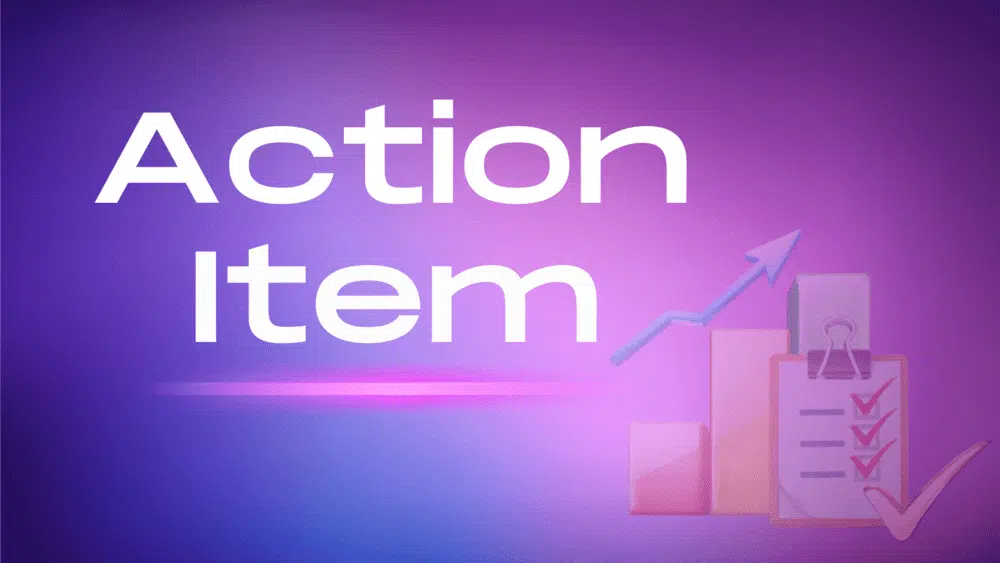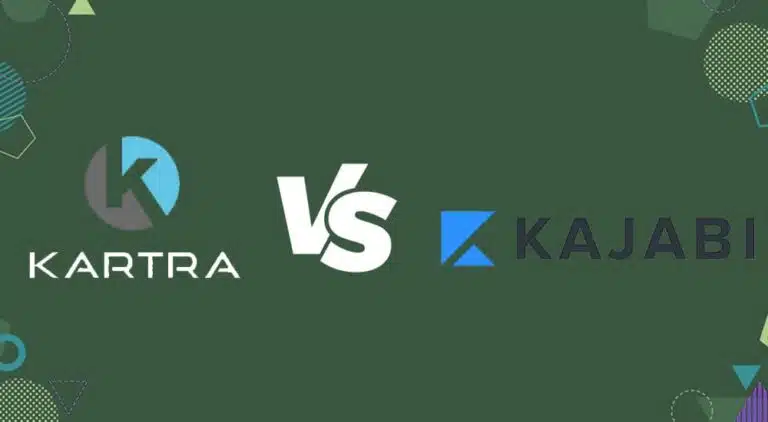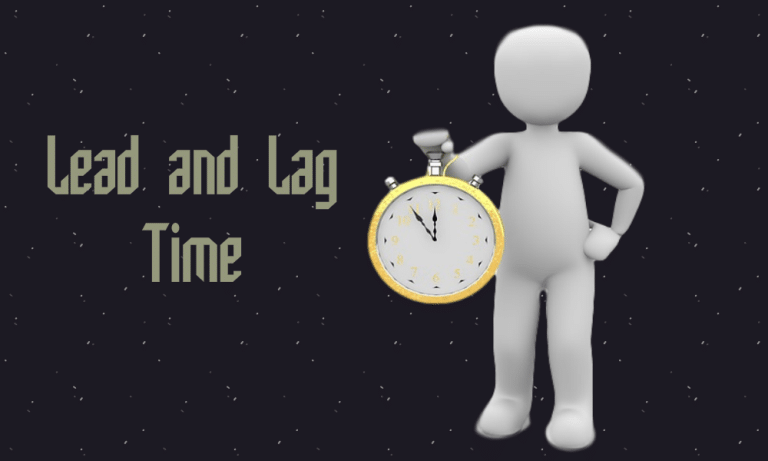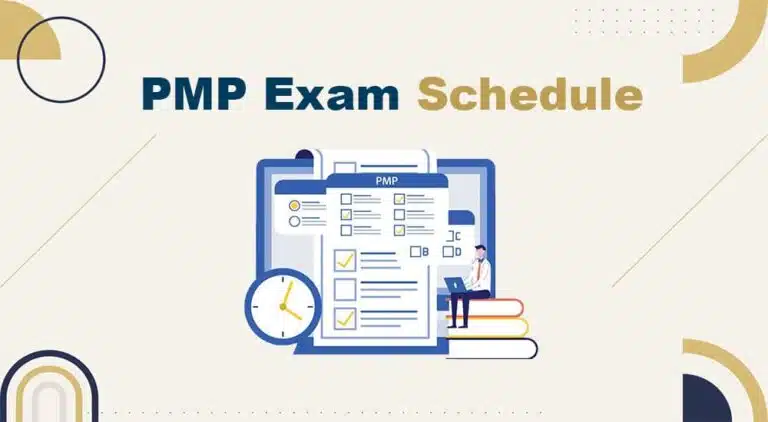Every formal meeting—whether a kickoff meeting, board meeting, or official gathering—ends with resolutions, decisions, questions, and tasks assigned to attendees, groups, sections, or organizations. These assigned tasks are action items which bring the meeting to a meaningful end.
In today’s blog post, we will discuss the meaning and definition of an action item, its benefits, how to create an action item, and what mistakes you should avoid while creating the action item.
Let’s get started.
What is an Action Item?
An action item is a task or action assigned to the attendees or the group to satisfy the agenda and achieve the organizational or project objectives. These action items can be newly identified tasks, part of a project, or part of an organizational or action plan.
Action items are the solution to the business’s problem and can be a project delivery of the solution to any conflict or improvement to processes, policies, or procedures.
An action item can be when the project team compares a particular deliverable; they will send the status report to a few stakeholders interested in the delivery status.
An action item has the following characteristics:
- Definition: This provides details of the action item so the action owner can understand it.
- Deadline: This is the due date by which the action must be completed. Beyond this date, the action will be considered “delayed.”
- Assignee: This is the person, group, or team responsible for completing the action before the due date.
The simplest example of an action item is, “Thomas will send the progress status report to Aeron by January 1, 2024.”
Apart from these three basic elements, critical action items can have a few more characteristics, such as:
- “Do” Date: This defines when the action owner will start the task. It is better than the due date, which does not define the start date and gives a lot of leeway to the action owner.
- Status: This is the status of previous actions (e.g., completed, in progress, delayed, etc.).
- Priority: This is the priority of action items (e.g., high, medium, or low priority).
Benefits of Using Action Items
The key benefits of action items are as follows:
#1. Action Items Create a Sense of Accountability
In the meeting, you assign the action to team members or the team. These attendees know and ensure the assigned task is completed before the next meeting or the due date.
In the next meeting, the facilitator will discuss the action items from the previous meeting and then move on to the current and future issues.
All this brings the team members a sense of accountability to be responsible and complete the action item.
#2. Action Items Track Progress
Action items are part of the action plan; you can use them to assign key project tasks. Once it is assigned, you can regularly track the progress of the task to ensure the project is on track.
This tracking ensures the assigned team members are responsible for completing the work before the due date.
#3. Action Items Organize Work
Before the meeting, the project manager or the meeting organizes and reviews the tasks, resolutions taken during the previous meeting, and action items. This organizes the work and ensures that only required work is performed and waste is reduced.
How to Create Action Items
An action item has three key components. These components provide details on who will take the action, what needs to be done, and when it will be completed.
Who?
This component determines who will be responsible for the action item. The responsible person should be capable and have enough skills and experience to complete the task.
If the task is related to the project plan, then you can refer to the RACI chart to find the person responsible for the task.
What?
This component includes what needs to be done to complete the action items. You need to be specific while defining this component to avoid ambiguity.
When?
This is the due date for the action item to be completed. You must clearly define the action completion dates for every action mentioned in the meeting notes or meeting minutes. Ensure the deadline or milestones are realistic and achievable.
Examples of Good and Bad Action Items
Effective action items are clear, specific, and achievable, while bad ones may lack clarity, specificity, or feasibility.
The following are three examples of good and bad action items:
Example 1: Project Management
Good Example
Action Item: Complete the first draft of the project timeline.
- Responsible: Project Planner
- Deadline: Within the next two days
Use project management software to outline tasks, dependencies, and milestones for the upcoming project.
Bad Example
Action Item: Work on the project.
- Responsible: Project Team
- Deadline: ASAP
Vague and lacks specificity, making it unclear what tasks need to be completed or by when.
Example 2: Sales Strategy
Good Example
Action Item: Conduct market research to identify potential new customer segments.
- Responsible: Market Research Team
- Deadline: By the end of the month
Analyze market trends, customer preferences, and competitor strategies to identify untapped opportunities for expanding our customer base.
Bad Example
Action Item: Increase sales.
- Responsible: Sales Team
- Deadline: Soon
It is too broad and lacks a specific plan or steps for achieving the goal, making it challenging to measure progress.
Example 3: Employee Training
Good Example
Action Item: Schedule and coordinate a guest speaker for the training session.
- Responsible: Training Coordinator
- Deadline: Within the next week
Identify relevant industry experts, contact potential speakers, and schedule an engaging and informative training session.
Bad Example
Action Item: Improve the training program.
- Responsible: HR Department
- Deadline: Ongoing
Lacks clarity on what aspects of the training program need improvement and provides no specific steps or timeline for implementation.
Good action items are specific, measurable, achievable, relevant, and time-bound (SMART), while bad action items are often vague, ambiguous, and lack the necessary details for successful execution.
Action Item Templates
Action items are simple line statements and do not need a template.
However, if the meeting is crucial, and attendees have defined many action items, then you can use the following template for your action items:
| S. No. | Action Definition | Action Owner | Due Date | Status |
Pitfalls to Avoid When Crafting Action Items
Action items are key to any business or project meetings; based on them, you define the agenda for the next meeting.
You must avoid the following mistakes while creating an action item:
#1. No Assignees
Every action item must be assigned to someone. Without an assignment, no one feels responsible for completing the action, and the action item will remain incomplete.
Clearly define who is responsible for completing the action for all action items.
#2. Tasks Assigned to Irrelevant People
Ensuring the action owner is relevant and possesses the required skills and capabilities to complete the action.
If you assign the wrong person to the task, they may not finish it on time, or the quality can be poor.
#3. Not Setting Deadlines
Every action must have a deadline or due date. If there is no due date, the responsible person will delay it until they think they will get free time for the task as there is no accountability to complete it within any duration.
So, ensure the action item has a deadline to complete the task to make the action holder accountable.
#4. Poor Action Item Definitions
The action should have a clear definition so the owner can understand and complete the task as expected. Ensure that the given action item has complete information about the task and that the action item does not need to be researched first. According to this research, knowledge workers spend 60% of their time searching for information about the work.
Action Items Vs Action Plans
Action items and action plans are completely different.
An action item is a specific task or activity that needs to be accomplished within a project or a set timeframe. It is a tangible, measurable step that contributes to the overall goals.
An action plan is a comprehensive outline that details the steps, responsibilities, and timeline for achieving a broader objective. It includes multiple action items and provides a strategic approach to reach a specific goal.
Action Items Vs Tasks
An action item is a specific, often detailed task assigned to someone as part of a project or plan, typically with a clear goal and deadline.
A task is broader than an action item. A task refers to any work or activity that needs to be completed. While an action item is a specific type of task tied to a project, tasks can be more general and may not always have the same level of detail or project association.
Summary
Action items are the essence of the “meeting notes” or “meeting minutes,” as well as the basis for the next meeting. You must ensure that the meeting has clearly defined action items that have deadlines and are assigned to capable, responsible people.

I am Mohammad Fahad Usmani, B.E. PMP, PMI-RMP. I have been blogging on project management topics since 2011. To date, thousands of professionals have passed the PMP exam using my resources.







